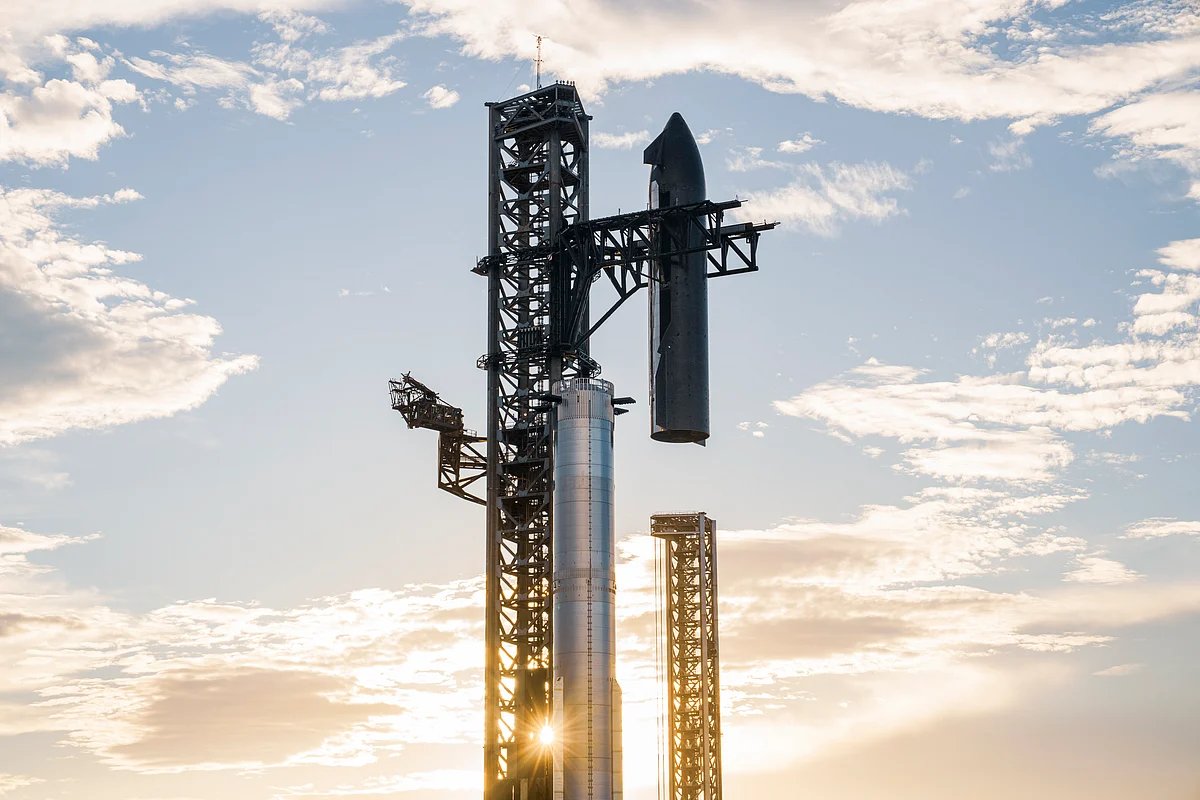The company says it uses failures as learning opportunities that it can apply to future launches. But after a lackluster start to the year, this next mission will face extra pressure to perform better than the others.
“A successful test would almost kind of erase the challenges of the last year,” said Carissa Christensen, founder and CEO of BryceTech, an analytics and consulting firm. “An unsuccessful one is just going to add to that scrutiny and that sense of what’s going on.”
Advertised as the most powerful rocket ever built, Starship is meant to fulfill Musk’s dream of starting a human settlement on Mars. The vehicle is designed to be fully reusable and is supposed to eventually replace SpaceX’s Falcon 9 rocket, becoming the company’s sole vehicle for launching satellites and humans to space. The eventual goal is to land and take off from the moon and Mars.
SpaceX is still years away from unlocking Starship’s full power.
For now, the company is trying to demonstrate that the rocket can achieve orbit, deploy satellites and return to Earth fully intact. SpaceX has so far shown on two flights that it can catch the Super Heavy booster, the massive lower portion of the rocket that lifts Starship into space.
For this mission, SpaceX doesn’t plan to catch the Super Heavy booster. Instead, it aims to test its ability to undertake maneuvers midflight before Super Heavy attempts a controlled landing offshore.



